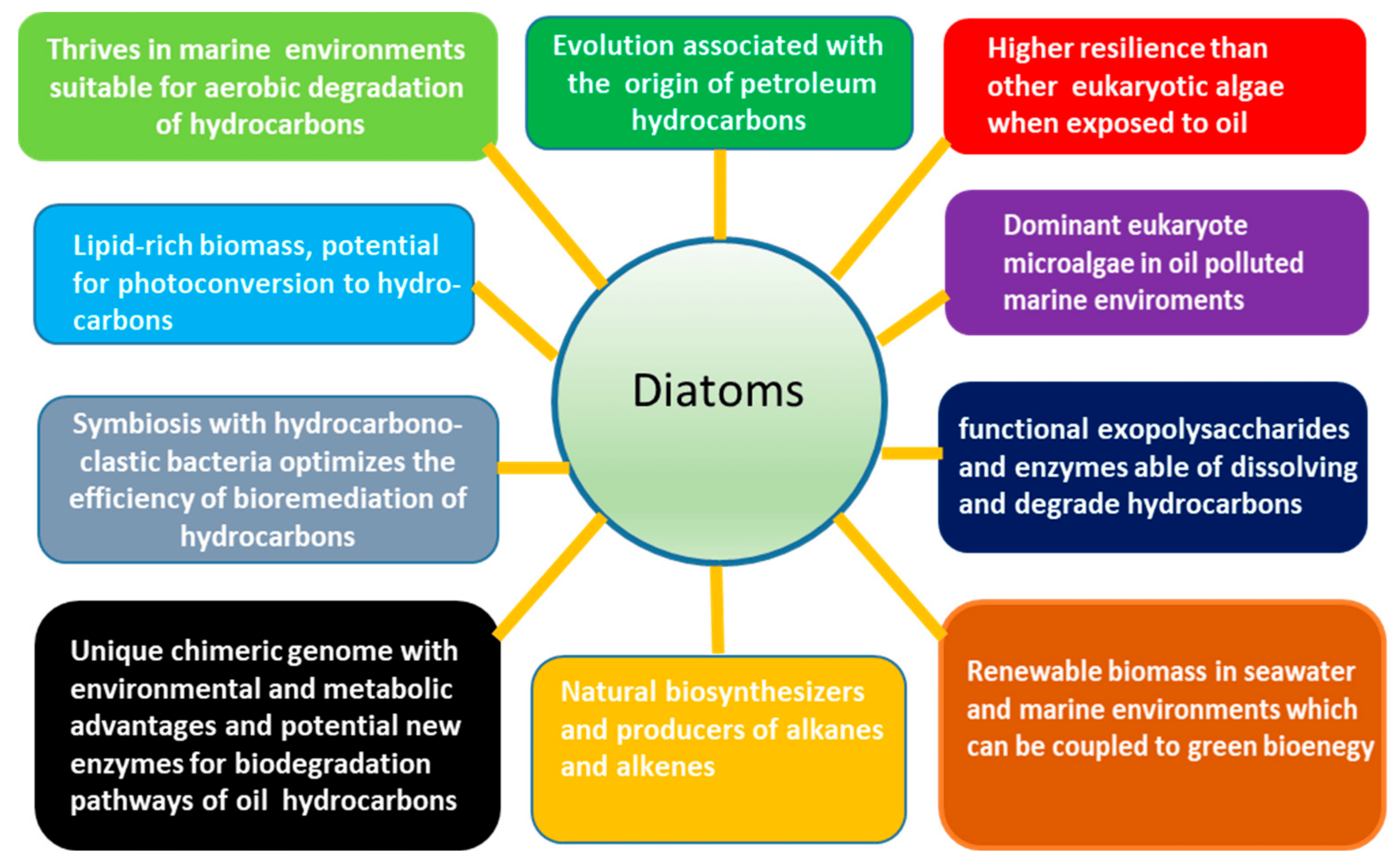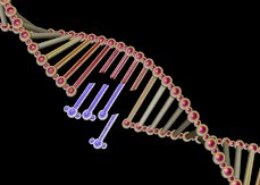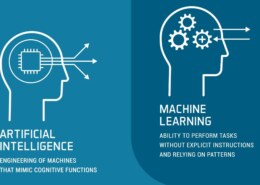How can biotechnology contribute to addressing global food security challenges?
Recombinant DNA (rDNA) is a form of artificial DNA that is created by combining two or more sequences that would not normally occur together. This technology involves the insertion of foreign DNA into the genome of an organism, which then expresses the new genetic information. Here’s an explanationRead more
Recombinant DNA (rDNA) is a form of artificial DNA that is created by combining two or more sequences that would not normally occur together. This technology involves the insertion of foreign DNA into the genome of an organism, which then expresses the new genetic information. Here’s an explanation of the steps involved in creating recombinant DNA and its use in DNA fingerprinting:
Steps in Creating Recombinant DNA:
- Isolation of DNA: The DNA containing the gene of interest is isolated from the donor organism. Similarly, a plasmid (a small circular DNA molecule) is isolated from a bacterial cell.
- Cutting DNA: Both the plasmid DNA and the donor DNA are cut using the same restriction enzymes. These enzymes recognize specific sequences in the DNA and cut at those sites, creating sticky ends.
- Ligation: The cut DNA fragments are mixed together, and the sticky ends pair up. DNA ligase enzyme is used to join the sugar-phosphate backbones of the DNA molecules, creating a continuous DNA strand. The result is a recombinant plasmid containing the gene of interest.
- Transformation: The recombinant plasmid is introduced into a host cell, often a bacterium, through a process called transformation. The bacteria take up the plasmid from their environment.
- Selection and Screening: Not all bacteria will take up the plasmid. Selectable markers (such as antibiotic resistance genes) are used to identify those that have. Bacteria that have successfully incorporated the plasmid can grow on media containing the antibiotic, while those that have not will die.
- Expression: The bacteria containing the recombinant plasmid are cultured, and they express the gene of interest, producing the desired protein.
Use in DNA Fingerprinting:
DNA fingerprinting, also known as DNA profiling, is a technique used to identify individuals based on unique patterns in their DNA. Here’s how recombinant DNA technology can be applied in DNA fingerprinting:
- Sample Collection: Biological samples such as blood, saliva, hair, or skin cells are collected from individuals.
- DNA Extraction: DNA is extracted from the collected samples.
- Restriction Fragment Length Polymorphism (RFLP) Analysis:
- The DNA is cut into fragments using restriction enzymes.
- The resulting fragments vary in length between individuals due to variations in their DNA sequences.
- Gel Electrophoresis: The DNA fragments are separated based on size using gel electrophoresis. This creates a pattern of bands on the gel.
- Southern Blotting: The DNA is transferred from the gel to a membrane, which is then hybridized with radioactive or fluorescent DNA probes that bind to specific DNA sequences.
- Detection: The membrane is exposed to X-ray film or a digital imaging system to detect the probes, resulting in a pattern of bands unique to the individual, much like a barcode.
Applications of DNA Fingerprinting:
- Forensic Science: Identifying suspects in criminal cases by comparing DNA found at crime scenes with DNA from suspects.
- Paternity Testing: Establishing parentage by comparing the DNA profiles of a child and the alleged parent(s).
- Genetic Relationships: Determining genetic relationships between individuals in cases of immigration or ancestry research.
- Identification of Remains: Identifying remains in disaster victim identification or in archaeological studies.
- Wildlife and Conservation Biology: Tracking genetic diversity and studying population genetics of endangered species.
Recombinant DNA technology plays a crucial role in enabling precise manipulation and analysis of genetic material, which is fundamental to DNA fingerprinting and many other applications in genetics and biotechnology.
See less



Title: Biotechnology: Cultivating the Future of Global Food Security In a world where the population is rapidly growing and arable land is dwindling, ensuring global food security has become a paramount challenge. Enter biotechnology—a beacon of innovation that is transforming agriculture and offeriRead more
Title: Biotechnology: Cultivating the Future of Global Food Security
In a world where the population is rapidly growing and arable land is dwindling, ensuring global food security has become a paramount challenge. Enter biotechnology—a beacon of innovation that is transforming agriculture and offering sustainable solutions to feed the world. This revolutionary field is not just enhancing crop yields but also creating resilient food systems capable of withstanding environmental pressures.
1. Genetically Modified Organisms (GMOs): Revolutionizing Crop Production
One of the most significant contributions of biotechnology to global food security is the development of genetically modified organisms (GMOs). GMOs are engineered to possess desirable traits such as pest resistance, herbicide tolerance, and improved nutritional content. For instance, Bt cotton and Bt corn, which produce their own insecticide, have drastically reduced the need for chemical pesticides. This not only enhances crop yields but also promotes a healthier environment.
Moreover, GMOs like Golden Rice, enriched with Vitamin A, address malnutrition by providing essential nutrients that are often lacking in the diets of populations in developing countries. By fortifying staple crops with vital vitamins and minerals, biotechnology is combating hidden hunger and improving public health.
2. CRISPR and Gene Editing: Precision Agriculture
CRISPR-Cas9 and other gene-editing technologies are ushering in a new era of precision agriculture. These tools allow scientists to make precise changes to an organism’s DNA, enhancing desirable traits while minimizing unwanted ones. Gene editing can create crops that are more resistant to diseases, pests, and harsh environmental conditions such as drought and salinity.
For example, drought-resistant varieties of wheat and rice are being developed to thrive in arid regions, ensuring stable food production even in the face of climate change. By tailoring crops to specific growing conditions, gene editing is maximizing agricultural productivity and sustainability.
3. Biotechnology in Soil Health: Nurturing the Foundation
Healthy soil is the cornerstone of productive agriculture, and biotechnology is playing a crucial role in maintaining and enhancing soil health. Biofertilizers and biopesticides, derived from natural organisms, are replacing synthetic chemicals, enriching the soil with essential nutrients and beneficial microbes. These bioproducts promote soil fertility and reduce the environmental impact of farming.
Furthermore, bioremediation techniques utilize microbes to detoxify polluted soils, restoring them to a state where they can support healthy plant growth. This not only rehabilitates degraded land but also expands the potential for agriculture in previously unusable areas.
4. Sustainable Farming Practices: The Bio-Integrated Approach
Biotechnology is at the heart of sustainable farming practices that aim to balance productivity with environmental stewardship. Integrated pest management (IPM) strategies, which combine biological control methods with traditional practices, reduce the reliance on chemical inputs and promote biodiversity.
Additionally, biotech innovations like precision farming tools and data analytics are optimizing resource use. Sensors and drones monitor crop health in real-time, allowing farmers to apply water, fertilizers, and pesticides more efficiently. This precision reduces waste, lowers costs, and minimizes the ecological footprint of agriculture.
5. Food Safety and Supply Chain Resilience
Biotechnology also contributes to food safety and the resilience of the food supply chain. Rapid diagnostic tools developed through biotechnological research enable the quick detection of pathogens and contaminants in food products, ensuring safer food for consumers.
Moreover, advancements in biotechnology are enhancing food preservation and shelf life. Edible coatings and packaging materials infused with natural antimicrobial agents extend the freshness of fruits, vegetables, and other perishables. These innovations reduce food waste and enhance the efficiency of global food distribution.
6. Alternative Proteins: A New Frontier in Food Production
As the demand for protein grows, biotechnology is exploring alternative sources to meet this need. Lab-grown meat, produced from animal cells in a controlled environment, offers a sustainable and ethical alternative to traditional meat production. These cultured proteins reduce the environmental impact of livestock farming and address concerns related to animal welfare.
Similarly, biotechnology is advancing the development of plant-based proteins and algae-based supplements that provide nutritious alternatives to animal products. These innovations contribute to a more diverse and resilient food system that can adapt to changing dietary needs and environmental constraints.
7. Climate Change Adaptation: Growing Resilient Crops
The effects of climate change, including rising temperatures, shifting precipitation patterns, and increased frequency of extreme weather events, pose significant challenges to agriculture. Biotechnology is at the forefront of developing crops that can withstand these changing conditions.
Research into climate-resilient crops focuses on traits such as heat tolerance, water efficiency, and improved root systems. By breeding and engineering crops to be more adaptable, biotechnology helps ensure stable food production in an increasingly unpredictable climate.
Conclusion: A Future of Innovation and Sustainability
Biotechnology is not just a tool but a transformative force in addressing global food security. From enhancing crop yields and soil health to ensuring food safety and developing alternative proteins, its contributions are vast and varied. As the world faces mounting challenges in feeding its growing population, biotechnology offers innovative and sustainable solutions that promise a brighter, more secure future for global food systems. Embracing these advancements will be crucial in cultivating a world where everyone has access to nutritious and sufficient food.
See less